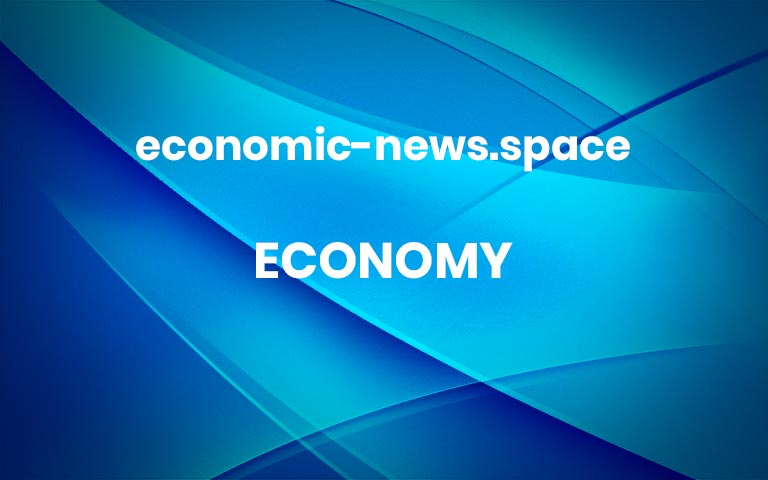Trump Administration Looks to Take Steps to Ease Pain From Car Tariffs

The planned concessions to give automakers more time to relocate production to the United States would still leave substantial tariffs on imported cars and car parts.The Trump administration said it plans to announce measures as early as Tuesday to ease the impact of tariffs on imported cars and car parts to give automakers more time to relocate production to the United States.Tariffs of 25 percent on imported vehicles and on auto parts will remain in place. But the tariffs will be modified so that they are not “stacked” with other tariffs, for example on steel and aluminum, a White House spokesman said. Automakers will not have to pay tariffs on those metals, widely used in automobiles, on top of the tariffs on cars and parts.In addition, automakers will be reimbursed for some of the cost of tariffs on imported components. The reimbursement will amount to up to 3.75 percent of the value of a new car in the first year, but will be phased out over two years, the spokesman confirmed.A 25 percent tariff on imported cars took effect April 3. On Saturday, the tariffs are set to be extended to include imported parts.“President Trump is building an important partnership with both the domestic automakers and our great American workers,” Howard Lutnick, the commerce secretary, said in a statement. “This deal is a major victory for the president’s trade policy by rewarding companies who manufacture domestically, while providing runway to manufacturers who have expressed their commitment to invest in America and expand their domestic manufacturing.”But even with these changes, there will still be substantial tariffs on imported cars and auto parts, which will raise prices for new and used cars by thousands of dollars and increase the cost of repairs and insurance premiums.The modification to the tariffs was reported earlier by The Wall Street Journal. Mr. Lutnick helped automakers secure a major exemption from tariffs in March and has taken on a role advocating relief for some industries hit by the levies.Automakers welcomed the change. “We believe the president’s leadership is helping level the playing field for companies like G.M. and allowing us to invest even more in the U.S. economy,” Mary T. Barra, the chief executive of General Motors, said in a statement on Monday. “We appreciate the productive conversations with the president and his administration and look forward to continuing to work together.” More

